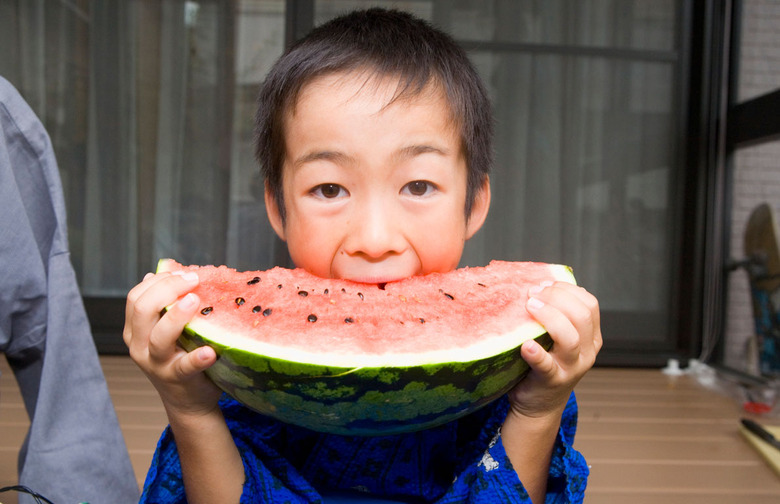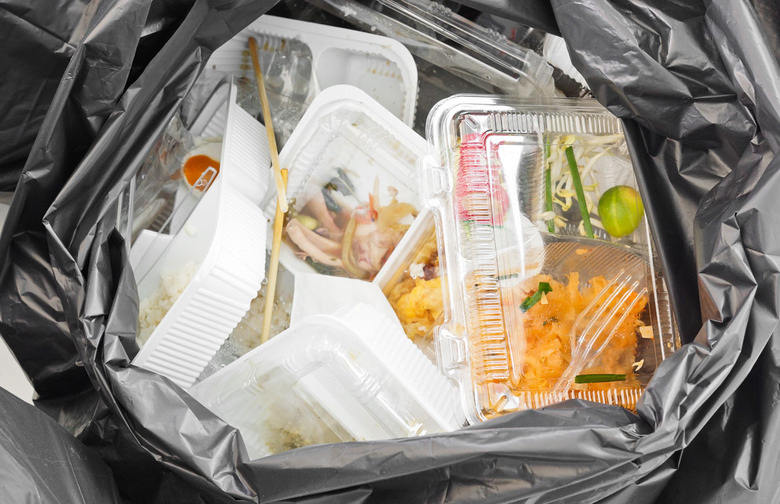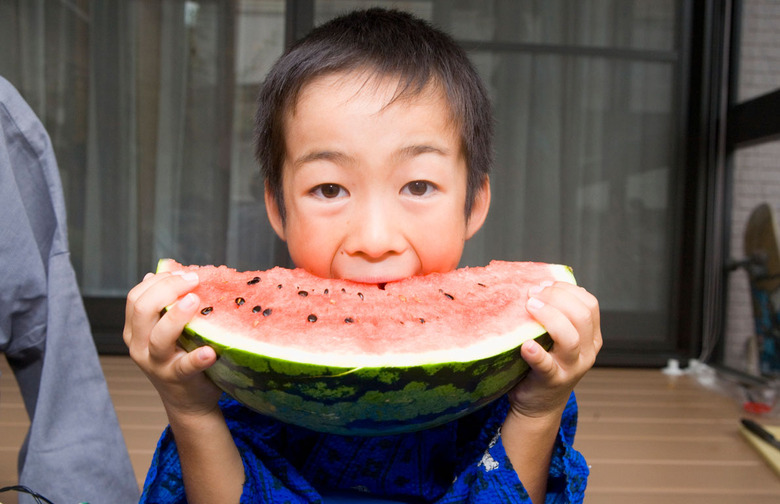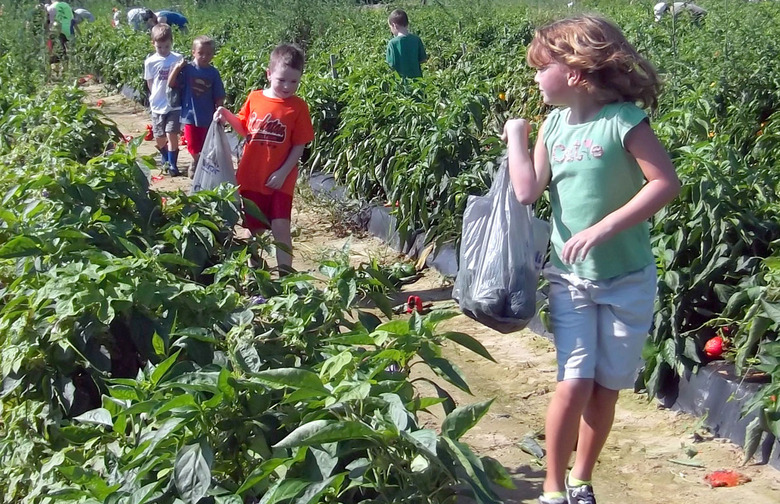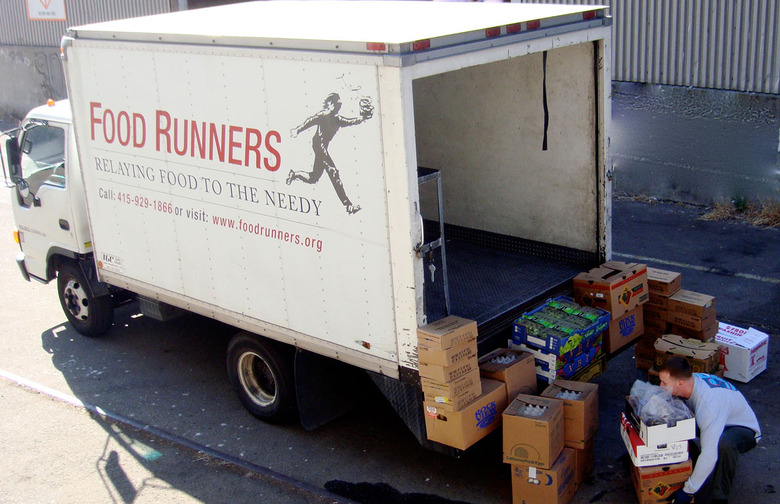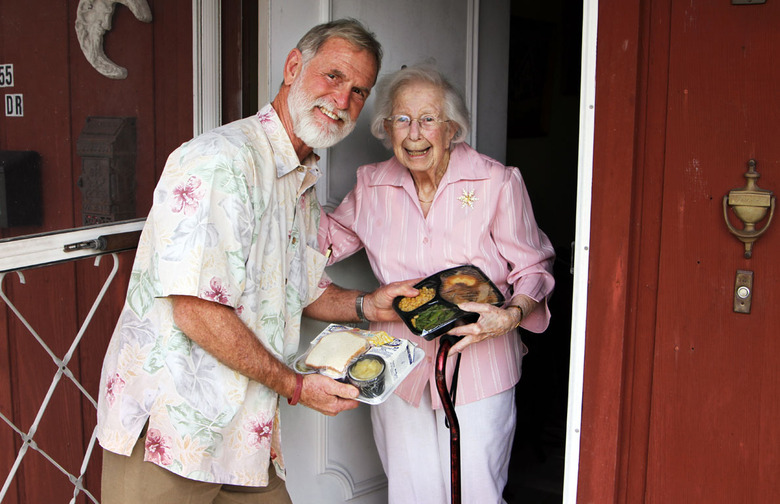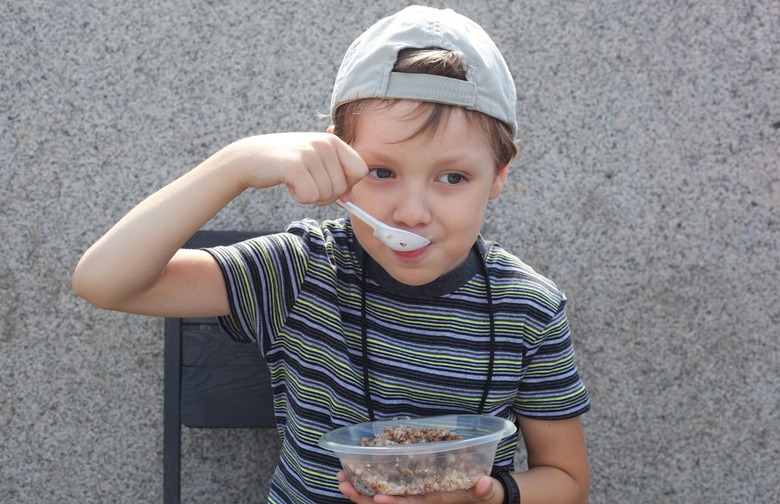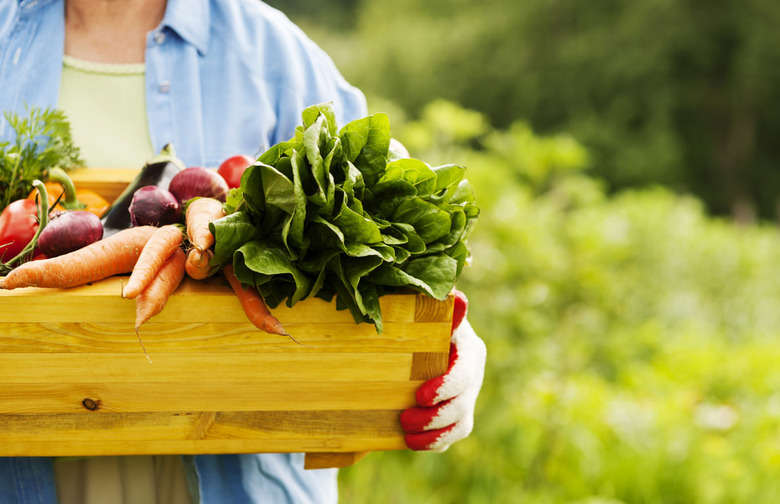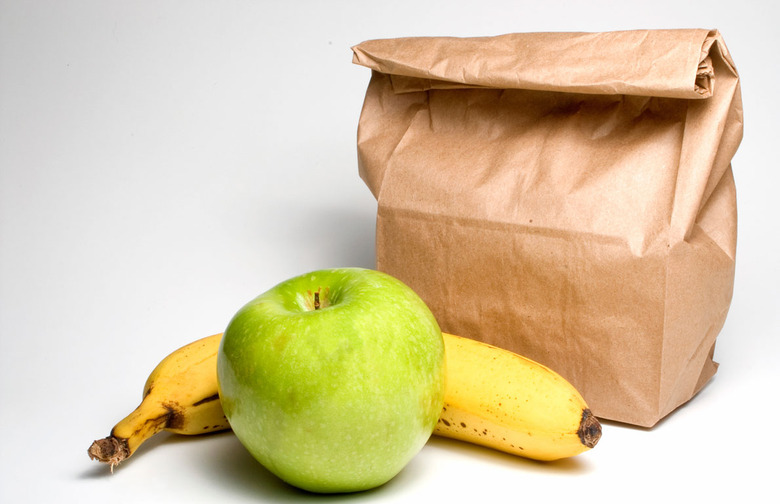10 Shocking Facts That Will Make You Wonder If You're Doing Enough To Fight Hunger
When we think of poverty in America, we tend not to directly associate it with hunger. Food is cheap, right? And if someone's hungry, there are plenty of resources available to help feed them, right? Well, not so fast. Yes, there are resources available, but there are still millions of Americans who are food insecure.
Food Insecurity Exists in Every County in America
The lowest amount of food insecurity is found in Slope County, North Dakota (four percent), and the highest is in Humphreys County, Mississippi (33 percent).
40 Percent of Food is Thrown Out in the U.S. Every Year
That's $165 billion worth of food, or enough to feed 25 million Americans.
16 Million Children are Food Insecure
16.2 million children, or about one out of six American kids, live in households without consistent access to adequate food. And 22 percent of kids under the age of 18 live in poverty.
Eight States are the Most Food Insecure
Eight states have higher household food insecurity rates than the national average (14.6 percent): Ohio (16 percent), Georgia (16.6 percent), Missouri (16.9 percent), North Carolina (17.3 percent), Tennessee (17.4 percent), Texas (18 percent), Mississippi (21.1 percent), and Arkansas (21.2 percent).
Food Insecurity Affects 20 Percent of Households with Children
20 percent of households with children reported food insecurity, as opposed to just 12 percent of households without children.
25 Percent of Households with Children in Large Cities are Food Insecure
Food insecurity is more common in large cities than rural areas.
59 percent of Food-Insecure Households Participate in Assistance Programs
59 percent of food-insecure households reported that in the previous month they participated in at least one of the three largest federal food and nutrition assistance programs: SNAP, the National School Lunch Program (which provides free or low-cost school lunches), and The Special Supplemental Nutrition Program for Women, Infants, and Children (WIC), which supplies food, health care referrals, and nutrition education to mothers-to-be, mothers, and small children.
47 percent of SNAP Participants are Under 18
One in seven Americans is enrolled in SNAP.
The Food-Secure Spend a Lot More on Food than the Food-Insecure
The average family that doesn't have to worry about where their next meal is coming from spends 27 percent more on food than the median food-insecure household.
90 Percent of SNAP Benefits are Redeemed by the 21st Day of the Benefit Period
This means that SNAP benefits aren't enough to last recipients for the entire month.
